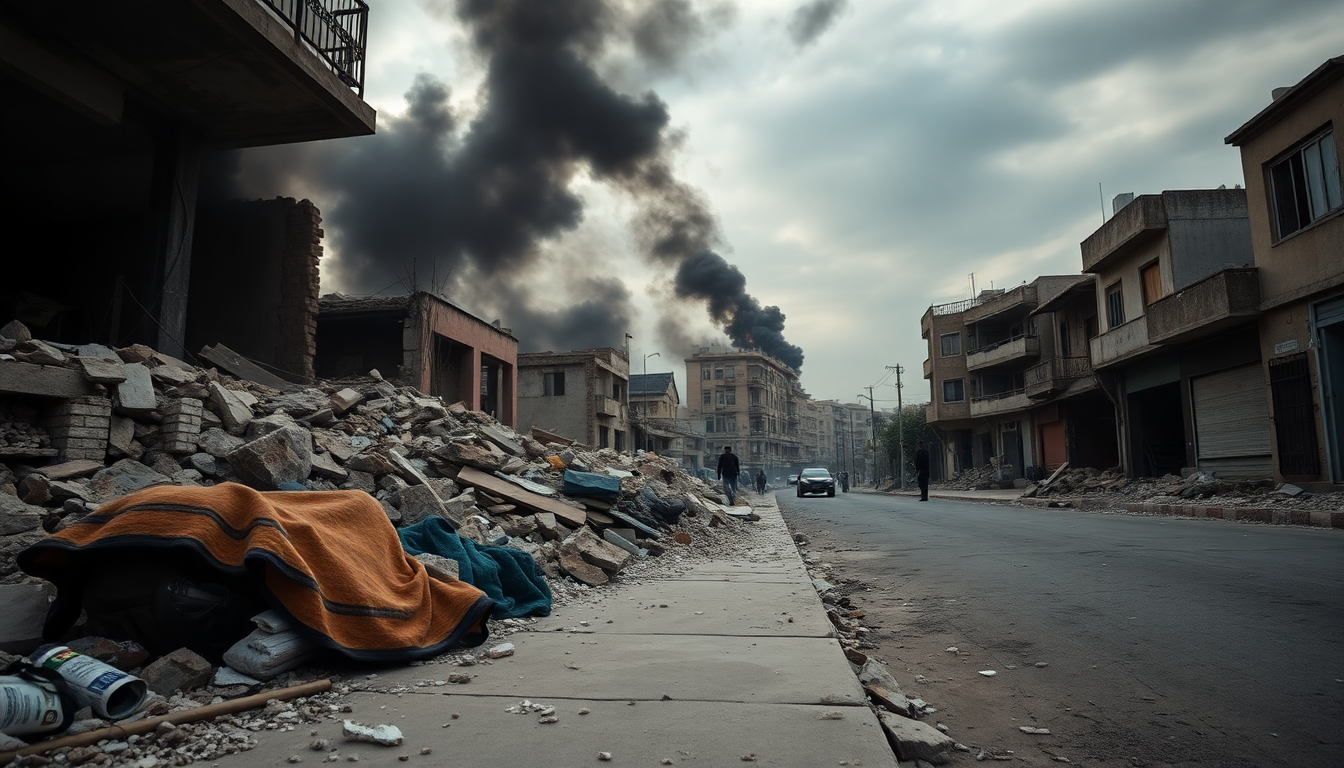Table of Contents
The conflict in Gaza is at a critical turning point, with violence escalating to alarming levels that are resulting in devastating casualties and serious humanitarian crises. As Israel ramps up its military operations in Gaza City, the impact on civilians is becoming increasingly dire. Just recently, reports revealed that at least 105 Palestinians lost their lives in one single day, including many innocent aid seekers caught in the chaos. This tragic situation raises urgent questions about how we can ensure humanitarian access and protect civilians in these conflict zones.
The Human Cost: Casualties and Humanitarian Impact
The latest wave of attacks has seen the Israeli military focusing on densely populated neighborhoods, leading to catastrophic outcomes for the local residents. For instance, the al-Sabra neighborhood has faced relentless bombardment, resulting in especially high civilian casualties. Disturbingly, reports indicate that at least 32 of those who died were individuals simply trying to seek humanitarian aid, underscoring the desperate conditions that residents are enduring.
Prime Minister Benjamin Netanyahu recently stated that Israel is entering a “decisive stage” in its military campaign, a declaration that has sparked significant criticism from around the globe. Eyewitnesses paint a grim picture of life for Palestinians in Gaza City, where the constant threat of air strikes forces civilians to seek shelter in increasingly unsafe locations. The ongoing blockade has only worsened the humanitarian crisis, with reports revealing that starvation-related deaths have tragically surged, reaching a total of 361 since the conflict began.
International Reactions and the Challenge of Humanitarian Aid
The global response to the rising violence has been mixed, with many voices calling for a ceasefire amid growing worries about civilian safety. While Hamas has indicated a willingness to accept a ceasefire proposal, Israel’s position remains uncertain. The tightening of the siege on Gaza has complicated humanitarian efforts even further, leaving aid struggling to reach those who need it most. As the Israeli military confirms an increase in ground operations, fears of even more civilian casualties continue to rise.
The toll on media personnel has also been devastating, with over 270 journalists reported killed since the escalation began. This staggering number highlights the immense challenges faced by those trying to report on the ground realities of this conflict. Actions taken by the Israeli government have been flagged as potential violations of international law, prompting calls for accountability from various human rights organizations.
What Lies Ahead: Future Outlook and Regional Implications
As we look to the future, the situation in Gaza remains incredibly fragile. The possibility of further military escalation not only threatens the local populace but also poses risks to regional stability. With tensions on the rise, neighboring countries are closely watching these developments, which could have broader geopolitical implications. For instance, Yemen’s Houthi movement has already signaled its involvement by launching drone attacks aimed at Israeli positions, suggesting that the conflict might extend beyond Gaza’s borders.
Amid these turbulent times, the Palestinian Foreign Ministry has welcomed Belgium’s recognition of the State of Palestine, urging other nations to take similar steps. This diplomatic shift reflects growing international support for the Palestinian cause, especially as the humanitarian crisis deepens. The ministry’s call for urgent financial assistance underscores the critical need for help to strengthen the resilience of Gaza’s residents as they navigate through this ongoing turmoil.


